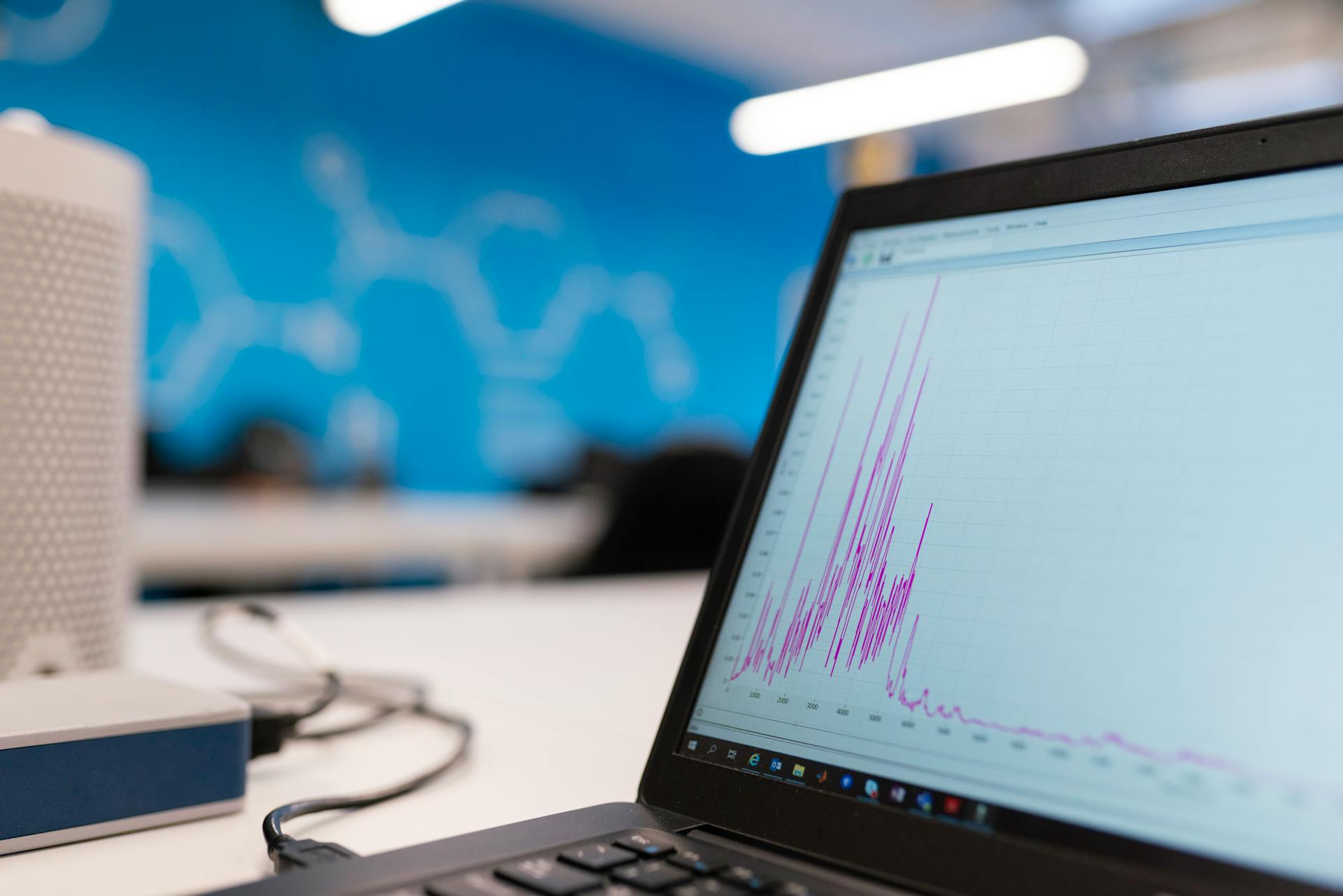In today’s digital age, how can businesses ensure they are making the most effective marketing decisions?

Credit: pexels.com
Data-driven marketing is particularly vital in the current era of a fast and evolving business environment where organizations are always on the lookout for new competitive advantages. There is no better approach to achieving this than Data-Driven Marketing. By using analytics, decision-making for growth is made effectively, making the company successful. This article focuses on analyzing the concept of data-driven marketing and discussing how it is possible to use analytics to foster business advancement.
The Rise of Data-Driven Marketing
Data-driven marketing has become one of the trending practices in the modern world in the recent past. Now, with advanced analytical techniques and huge volumes of available data, businesses are able to better comprehend the behaviors and preferences of their customers. This change in approach from experience-based to statistical analysis-based offers organizations an excellent opportunity to design more focused and specific marketing strategies, improving customer outreach and conversion.
Understanding the Role of Analytics in Marketing
Analytical activity occupies a vital place in data-driven marketing. It gives businesses an outlook on the efficiency of their marketing efforts and areas for improvement. Companies may conduct social listening to understand daily, weekly, monthly, and annual trends that may affect their marketing strategies based on information from social media, emails, and website visits.
This, in turn, is one of the major advantages of using analytics: key performance indicators (KPI) can be calculated. Metrics like conversion rates, CTR, and CAC are useful measures of how a campaign is performing. Thus, the mentioned metrics, when regularly measured, would help businesses adapt their plans and deliver consistently high results with higher ROI.
Personalization and Targeting
Personalization can be regarded as one of the crucial aspects of data-driven marketing. Thus, using the data collected, businesses would be in a position to develop marketing messages that will appeal to the target group. This level of customization is attained through the categorization of customers according to parameters including age, purchase habits, and cyberspace activity. After that, it becomes easier for any business to market its products within the segmented groups since they have been classified according to their needs and wants.
For instance, an e-commerce firm can apply analytics to identify which products should be marketed most among various consumer groups. They can then develop and send out emails that alert consumers to the availability of these products, and thus, there are high chances of conversion. These measures also help to increase customer engagement and sales while improving the customer experience.
Predictive Analytics: Anticipating Customer Needs
Another notable element in data-driven marketing is predictive analytics. Historical data allows us to identify future customer behavior and market tendencies. Some of the benefits include: This perspective empowers firms to meet customer demands before market shifts trigger them.
For instance, a retail store can predict the demand for a particular product and subsequently restock its inventory to meet the expected level of demand. This helps to have products that are in high demand available in the market to help avoid situations whereby customers will be forced to look for products elsewhere because they are out of stock. Furthermore, it can predict customers’ inclination to leave, thus allowing the business to take specific measures to retain such customers.
Enhancing Customer Experience
It also has a role to play in improving the customer’s life. The use of analytics will, therefore, assist businesses in realizing the customer experience process and determining areas of friction that require rectification. It enables companies to design a smooth and pleasant interaction process for their clients.
For instance, using website data analysis, it is possible to determine that the customer drops off his/her shopping cart during a certain checkout phase. The problem statement, therefore, helps businesses make changes that eliminate as many bottlenecks as possible from the checkout process.
The Importance of Real-Time Data
The third capability is up-to-date information, which has become essential for companies in the digital world. The ability to capture information in real time means that it will give accurate information on customer habits and market trends. This agility is especially relevant in today’s highly dynamic market environment, where companies need to be agile to protect and create their market positions.
Real-time data can be used in a number of ways, including modifying current marketing promotional strategies based on their effectiveness, changing prices in response to a certain rate, and answering customer queries. Businesses’ awareness of real-time data means that they are active and can adapt as necessary, ensuring future prosperity.
Conclusion
Marketing with big data is not a luxury but a must-have to beat competition in today’s world. Technology use intensifies, and data-driven marketing will be critical to the growth and success of such businesses. Importing data-driven marketing is a process that takes time and money to complete or even start. However, the benefits are desirable. It allows companies with analytics capabilities to gain insights into customer needs and business opportunities and make the right decisions for business growth.
Image Source: pexels.com










